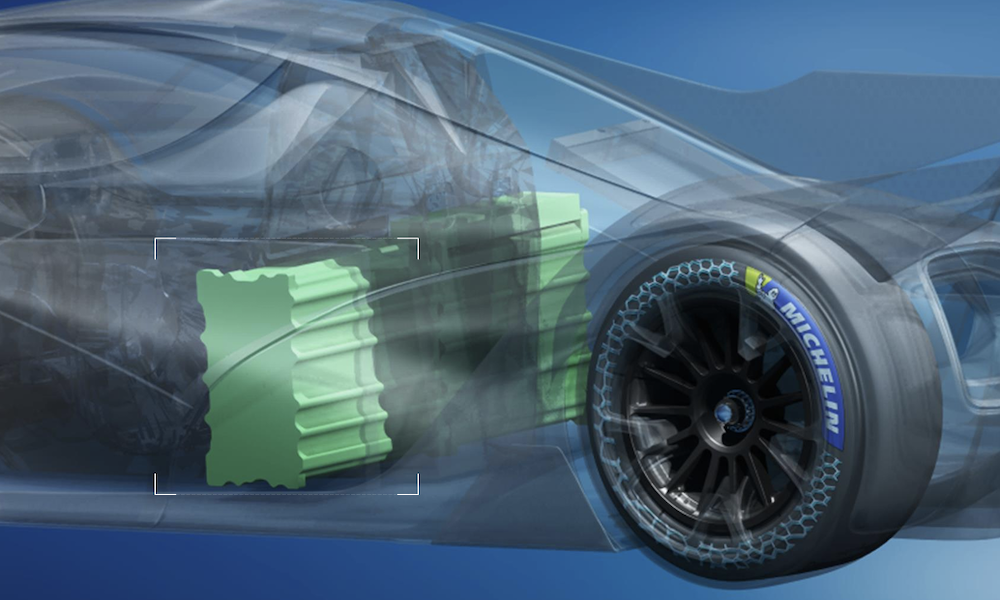The idea of a hydrogen-powered car racing at the 24 Hours of Le Mans is one step closer to reality with the Automobile Club de l’Ouest revealing its latest prototype concept for 2025.
The ACO and GreenGT’s Mission H24 project first bore fruit in 2018 with the launch of the LMP2HG prototype, which turned demonstration laps and utilised hydrogen refuelling technology. It also appeared in two rounds of the Le Mans Cup series, sharing the track with LMP2s, LMP3s and GT3s but racing alone in the Innovative class.
Lessons from the LMP2HG fed into the H24, also based on an ADESS LMP3 chassis, which was introduced in 2021 and sported upgraded transmission and braking systems among other updates. The H24 also ran in the Le Mans Cup but always at the rear of the pack.
However, the third-generation Mission H24 concept, the name of which is open to public suggestion, is designed to push the boundaries of hydrogen powertrain performance with the goal of matching GT3 machinery that will start racing at Le Mans next year.
Power comes from electrochemical reactions in the stack of Symbio hydrogen cells that convert the fuel’s chemical energy into electricity, as well as heat and water by-products.
The car will have two Plastic Omnium fuel tanks each capable of storing 3.9kg of hydrogen at 700bars of pressure for a total weight of approximately 100kg. The intention is for this to last around 25 to 30 minutes in racing conditions, compared with the 40- and 50-minute stints that LMP2s and Hypercars typically do at Le Mans.
TotalEnergies is working with the ACO to develop the hydrogen refuelling infrastructure required for Le Mans. Under the Mission H24 project, the French company developed the world’s first mobile hydrogen refuelling station to be used at racetracks.
Power delivery at the rear wheels has been refined from two electric motors to a single electric motor, shedding 18kg since the H24. The future prototype will have a maximum output of 650 kW, higher than today’s Hypercars, while the motor will have a power density of 20 kW/kg.
Widening the operating range of the motor enables a single unit to be used. A 400kW lithium battery, 12kg lighter than the H24’s equivalent, will recover the car’s braking energy and provide some power to the motor.
German constructor ADESS will continue to provide the chassis for the…
Click Here to Read the Full Original Article at Racecar Engineering…

